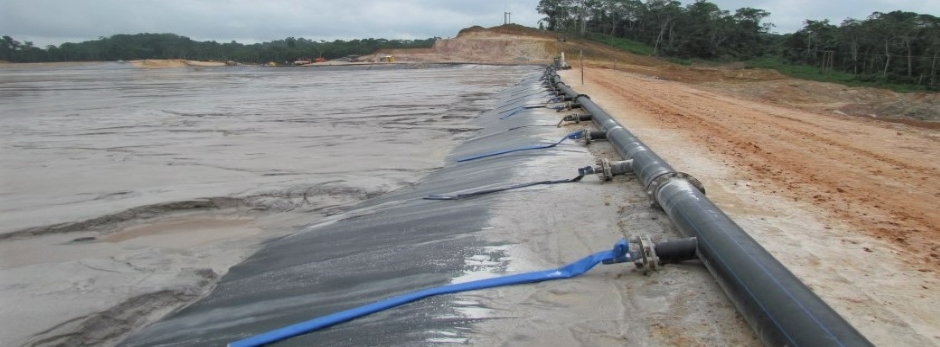The tailings disaster sent shockwaves through the industry and made international
headlines for many weeks. The tailings dam collapse created massive damage to the environment as well as mine infrastructure and surrounding areas. In addition, more than 250 people lost their lives, making this one of the most catastrophic events in mining’s history.
The Brumadinho dam disaster had social, environmental and human consequences and also led to changes in the scope of tailings storage facilities (TSF). In an interview with Mining News, Adriaan Meintjes, Partner and Principal Geotechnical Engineer at SRK Consulting, explains that the failure of the Brumadinho TSF led to a significant review of international standards, fundamentally changing the scope of TSF design and management globally.
Not too long after this tailings disaster, the International Council on Mining and Metals (ICMM), the United Nations Environment Programme (UNEP) and the Principles for Responsible Investment (PRI) co-convened the Global Tailings Review with the aim of establishing an international standard for the safer management of TSFs. Meintjes explains that within 18 months, the Global Industry Standard on Tailings Management (GISTM) was published in August 2020. The convention of the Global Tailings Review, as well as the drafting of the GISTM, is an important step taken by the mining industry to ensure that history does not repeat itself when it comes to TSF failures.
Global Industry Standard on Tailings Management
Led by Dr Bruno Oberle, the GISTM is aimed at the adoption of global best practice on TSF design, construction and management. The Global Tailings Review website states that the standard was developed by a multi-disciplinary expert panel, with input from a multi-stakeholder advisory group. Furthermore, the review involved extensive public consultation with affected communities, government representatives, investors, multilateral organisations and mining industry stakeholders – and is informed by existing best practice and findings from past tailings facility failures.

